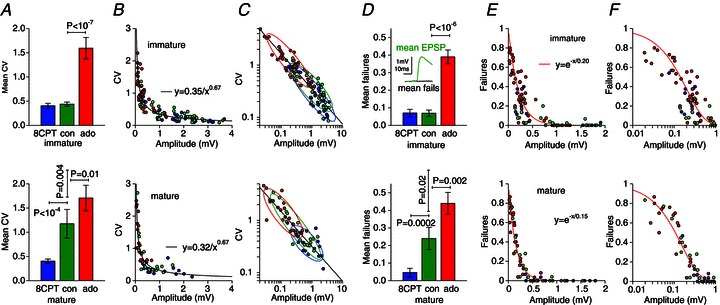Figure 2. A1R activation determines variability and reliability at mature L5PC synapses through reduced release probability.

A, mean coefficients of variation (CVs) for immature (upper panel) and mature (lower panel) EPSPs for the three pharmacological conditions: A1R block (8CPT, blue), control (green) or A1R activation (bath-applied adenosine, red). The mature control CV is significantly larger than the immature CV but reverts to its immature value on A1R block. The similar ratios of the A1R-blocked (blue) to A1R-activated (red) conditions at the two developmental stages demonstrate unchanged A1R functional efficacy; hence, it is endogenous adenosine concentrations that increase over development. B, scatter plots of CV versus average amplitude. Data from different pharmacological conditions follow a similar empirical power law for immature and mature connections. C, log–log plots of data in B. Bivariate Gaussian fits give an indication of the scatter of data under different pharmacological conditions. Control and A1R-blocked distributions coincide for immature connections whereas for mature connections the control distribution exhibits much greater spread overlapping with the A1R antagonized and agonized conditions. D, mean failure rates showing the same pattern as the CVs. Inset demonstrates validity of failure criterion. E, failure versus amplitude; F, log amplitude showing the mature control failure rates overlapping with the A1R-blocked and A1R-activated conditions. Exponential fits to the A1R-activated conditions give mean quantal amplitude estimates of 0.20 mV (immature) and 0.15 mV (mature) in adenosine.
